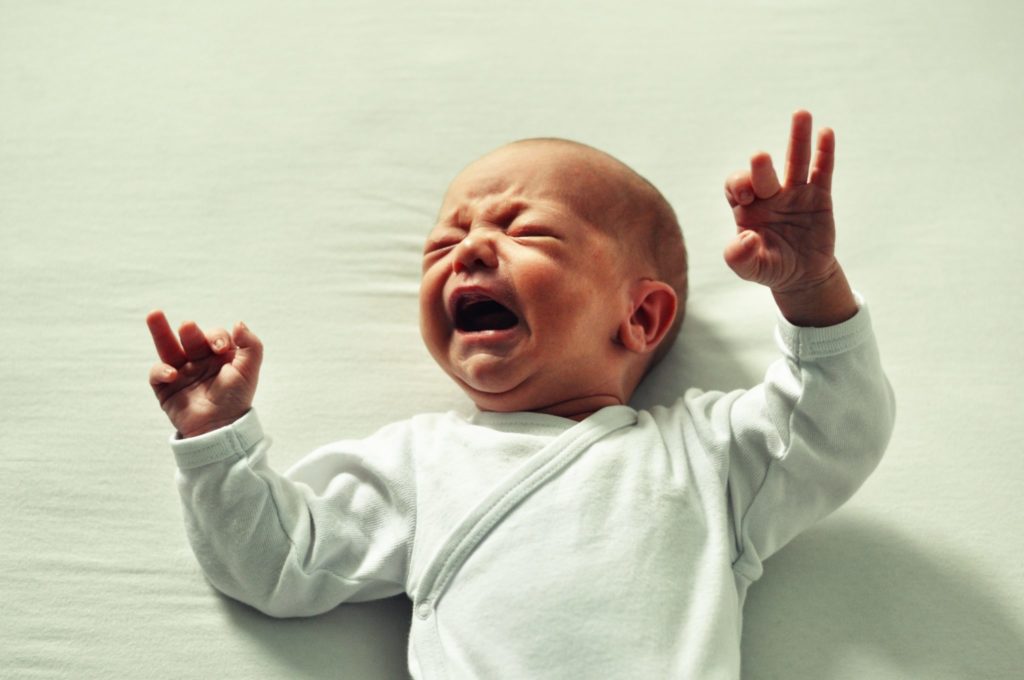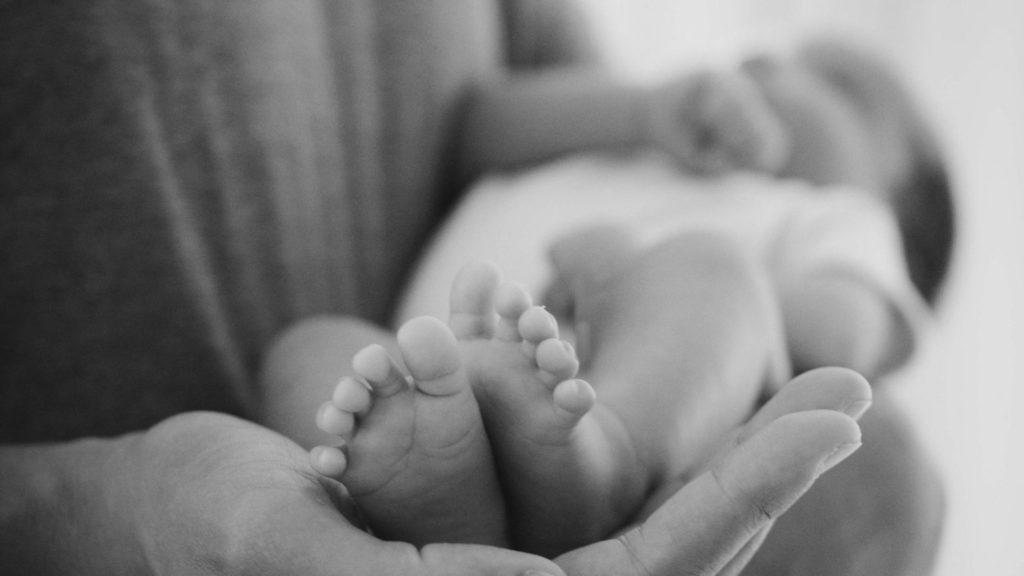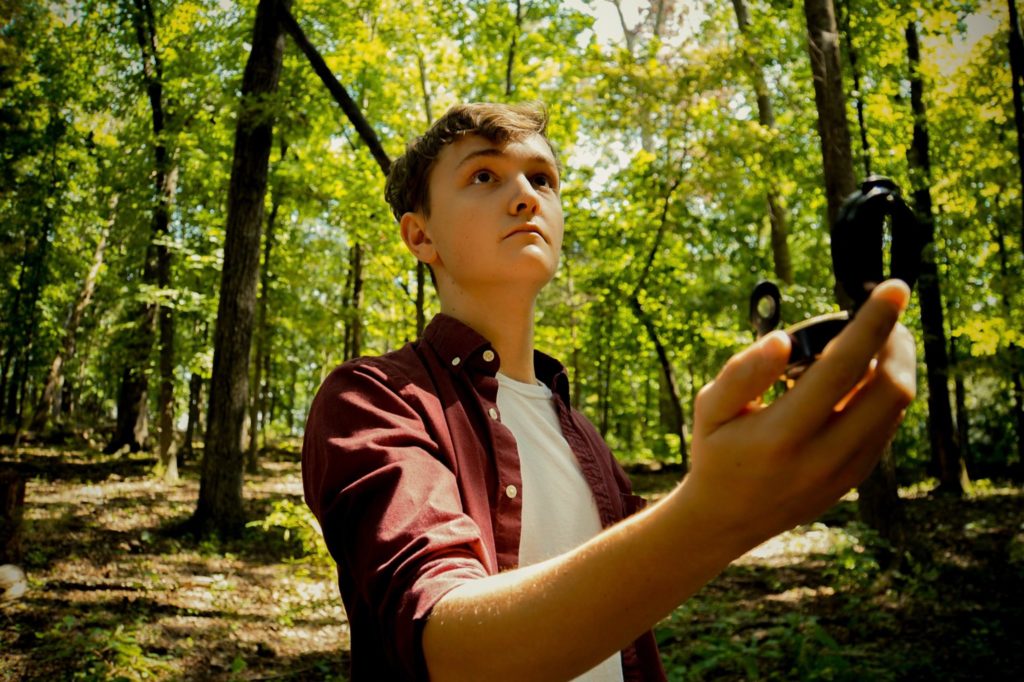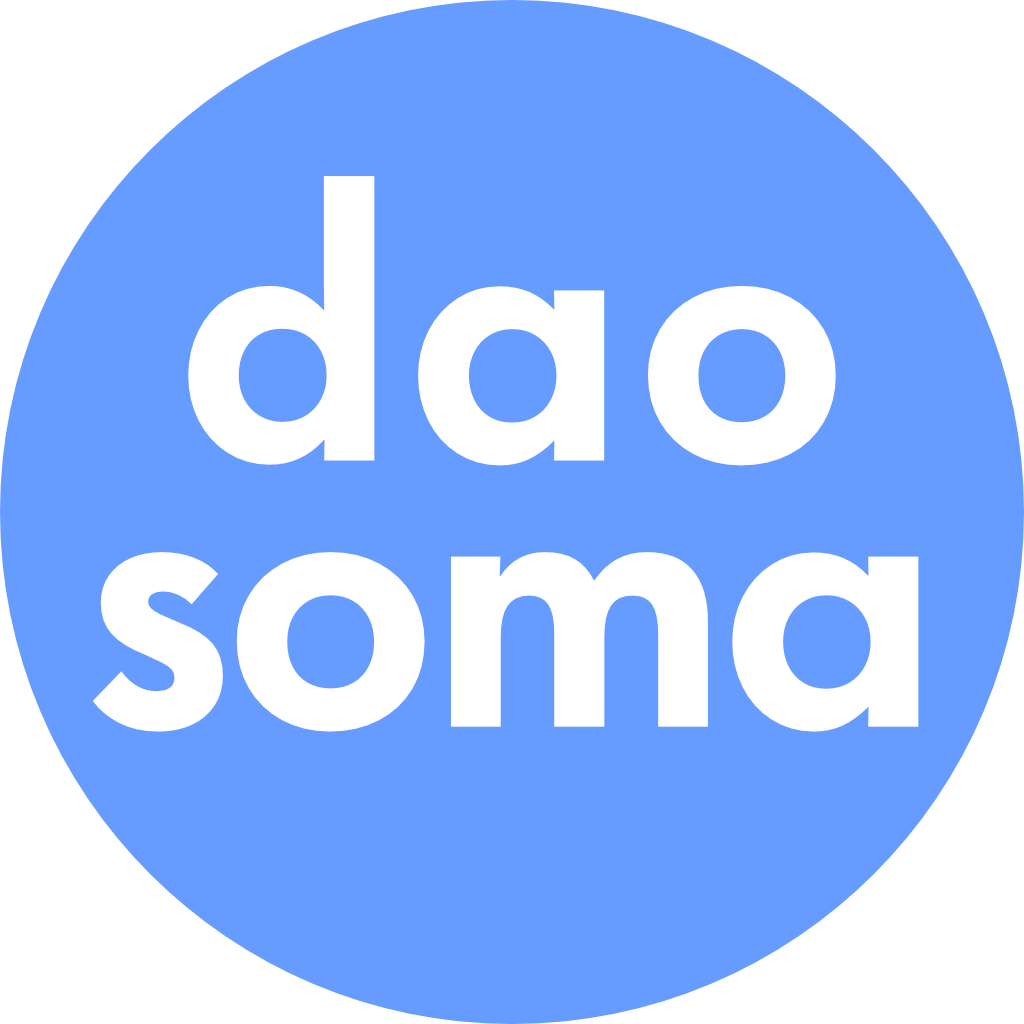Finding back to life with our support

The many faces of «accidents» in your life that might profit from PTSD treatment.
Typical signs where PTSD treatment might help:
You may be stressed constantly. You have a vague awareness or you know that you have experienced something really bad Or you have unexplained symptoms and no clue why. You may have been diagnosed with a series of diagnoses already and treated for quite some time, but nothing has really helped. Or someone in a position to help you with your symptoms was skeptical about your version of what has been affecting you.
In order to get closer to the cause of such signs, special questionnaires record observations of the affected person themselves as well as of their environment. These questionnaires allow for an estimation whether and to what extent a child is affected and if therapy is reasonable/indicated.
Many possible phenomena that speak for PTSD treatment for children after “accidents” in life
It may be that you have known for ages that something is amiss, something that you cannot comprehend. You may have been searching for relief for a very long time. Perhaps help was offered, but you were hesitant to accept it. Or you saw no possibility to find help. Maybe you are alert at all times and cannot relax. Or you may be noticing that you are not feeling alive and have no sense of vitality or self-efficacy. Maybe a recurring theme in your life is conflict— with parents, teachers, employers, friends or partners. Or you cannot sleep in the night, frequently waking up in a state of panic and drenched in sweat. You might be having difficulty concentrating in school. Or you as a parent, you’ve begun to notice that something just seems off with you baby or child. Or you notice that your baby or child’s behavior is markedly strange or incomprehensible, or that he or she is distressed or unwell and you do have no idea what to do. These are all indications that PTSD treatment would be beneficial.
Maybe you are using legal or illegal drugs to excess, or you have addictive patterns of behavior and know deep inside that they are harmful. You may cut yourself or repeatedly and intentionally injure yourself in some other way. Or you have experienced something bad, once or over and over again. You notice that sometimes you are unaware of what has happened in the last several minutes or don’t know how you got to a particular place. You relive things as if you are there all over again when the distressing event or events originally happened.
The many manifestations of trauma
Perhaps you or your child sometimes seem like a different person. A child might behave as if he or she were much younger again, and cannot manage something of which he or she is otherwise quite capable. This can occur in very specific situations, but sometimes without you knowing why. Or you notice that relationships constantly deteriorate. You may also be suffering from strong bodily sensations at certain times. Those that it cannot explain and from which it suffers. Or you relive a very specific awful event again and again.
All these manifestations may indicate the presence of a post-traumatic stress disorder (PTSD), developmental trauma disorder (DTD, C-PTSD) or attachment disorder (AD), for which PTSD treatment can help. Have you had lifelong struggles for which conventional therapy did not really help? Would you like to feel relaxed and enjoy life to the fullest?
Early and severe trauma is common and responsible for at least one third of all adult mental illnesses.

Many children and young people experience trauma. Not every serious event necessarily results in a disorder. A great deal depends on whether reliable adults who are favorably inclined towards the child are fully present for the child. However, if terrible events are repeated, or the stressful circumstances are prolonged, the effects will be more severe. Supportive adults can greatly reduce the impact of traumatic events. In the absence of supportive adults, the impact of traumatic events is typically more severe and therapy is more likely to be required. The events that have the strongest effect are those that originate from people. Large-scale studies (Adverse Childhood Experiences Study, ACE Attributability Study, ACE Resources) have shown that adverse events are exacerbated by the variety of different categories of stress to which an individual is exposed. Such categories include:
- psychological, physical or sexual violence
- neglect
- parental mental illness
- separation or divorce of the parents
The resulting effects are observable in four main categories:
- Hyperactivity: Not being able to sit still, constantly to be active and being unable to sleep or relax
- Intrusion: Reliving horrible events, re-experiencing these events as if they were occurring again
- Avoidance: Avoiding places, people, and general contact
- Dissociation: being momentarily absent, not being able to remember entire periods of time, not experiencing physical awareness of the body
Only a broad view creates clarity
In addition, very early traumas can manifest themselves as attachment disorders (difficulties in interpersonal contact), inappropriate distance from other people, or inexplicable pain or reactions. There are also general signs of disorder such as bed-wetting, chewing of the fingernails, very strong emotional reactions, or falling back into earlier states, i.e. behaving like a younger child.
A single sign does not mean that the child is severely traumatised. Rather, it is the sum of many individual observations using specialised questionnaires, if possible from different viewpoints (child/adolescent, parents, teachers, etc.). All of this helps to provide information on the severity of the possible PTSD as well as a guide to the areas in which a child or teen may be affected.
A specific PTSD treatment addresses the cause of this injury and thereby transforms the many possible manifestations of the trauma. With the help of a good environment and trauma therapy as early as possible, it is possible to break these vicious cycles. And this will be effective not only in the present but also in the future, as you or your child moves through, and may, for example, be parenting the next generation later on.
Trauma is an injury of the soul that also affects the body

Since trauma is an injury of the soul that directly affects the body, the full inclusion of the body in PTSD treatment is crucial. Traumatic events that occur before the second year of age cannot be remembered in words or even visually. They result in attachment disorders. Even in adults, the body is fundamental to trauma. An almost unlimited variety of triggers can reactivate a stored memory. Examples may include, aggression, assaultive behavior, or regression (falling into a previous behavioural-age).
There are methods that work directly through the body to reinstall lost security. Somatic Experiencing, developed by Peter Levine is one such proven method. A technique for very early and severe trauma is Transforming the Experience-Based Brain, developed by Stephen Terrell. This approach functions well even with babies. Both these modalities work with a minimum of language, and heal through precise perception of body sensations and expressions.
Alé Duarte‘s Tune-in to Children is another method that operates primarily through play, and was developed out of his experience working with children in disaster areas. This is yet another modality that utilises only a minimum of language.
What happens in PTSD treatment for children?
First sessions

The first sessions serve to create a trusting relationship between you and your therapist. In any psychotherapy—but especially in PTSD treatment—the relationship between client and therapist plays an essential role. It is vital that you feel comfortable with your therapist. This bond is crucial for the success of the therapy. This bond is crucial for the success of the therapy.
In these first sessions, depending upon the situation, it may be necessary to create “external security” and to find a way to transmute overwhelming emotions into a relative state of calm, and to arrive at an initial rough overview of the current situation.
External security
External security means that you are physically safe from harm by others. Depending on the situation, it may take a long time to achieve external security. One of the focuses is on creating a stable living situation (housing, supportive adults, school, work). If necessary, governmental instutions may be involved in cases such as preventing contact with a perpetrator.
Inner safety and stability help against attachment disorders
For early and severe traumas, the aim is to create stability for a longer period. This means that after the external security has been established, the work of creating internal safety begins. With severe trauma, this can take a considerably longer amount of time. We need to achieve clarity around the situation and organise a safety network that can include parents, teachers, relatives, doctors, specialised counselling centres, or sometimes government agencies. PTSD treatment can for example achieve a sense of inner safety using imagination techniques envisioning a safe space. This can impact the physiological sense of safety and wellbeing.
We will also explain which situations can be traumatic, how our brain works and what this triggers in our brain. This helps you to classify your own previously unexplained reactions and manifestations. The PITT-KID method, developed by Andreas Krüger in Hamburg, is particularly well suited for this. He has been working for many years with children who have experienced truly terrible things. That is why he has written a book that even children can understand fully as soon as they can talk.
Onward journey
Later on in your or your child’s treatment, it may be a matter of working on individual significant experiences. The methods we use allow for very gentle but effective handling. These include:
- Somatic Experiencing
- Transforming the Experience-Based Brain
- PITT-KID
- Tune-in to Children
The key traumatic experiences are defused in small doses, with an emphasis on the body. Of course, the thinking, feeling and acting of the classical psychotherapy methods can be used along with Somatic Experiencing. For later treatment, other psychotherapy methods are available, such as Gestalt/Integrative Therapy, Transactional Analysis or systemic short-term therapy. Especially suitable for children and adolescents is The Kids’ Skills. This method has been developed by Ben Furman and focuses on solutions rather than problems by teaching skills. Whole schools are being run successfully by utilising this method.
Frequently asked questions on PTSD treatment

Can I bring a friend?
Of course you can. In fact, we recommend it. If you are a friend of someone struggling with trauma, you are welcome to contact us if you are not sure whether your presence is needed or if your help will be accepted. We are also happy to help you find additional points of contact.
Can I afford it?
Absolutely. If you are affected by something like this, then someone will pay for it. We will find a solution. Finances will never prevent you from getting the help you need.
Will my parents hear about PTSD treatment?
Only if you want them to know. Your parents do not need to know about your PTSD treatment. If your parents are supportive, they are of course very welcome.
The bill can go directly to the insurance company if you wish. The bill being passed on to your parents through the health insurance can also be suppressed if necessary.
There are also victim support centers such as Castagna, who pay costs not otherwise covered.
Who will pay for my therapy?
Options include health insurance, accident insurance or a victim support organisation such as Castagna.
Get in touch!
Does any of this seem familiar? Get in touch with us. We are more than happy to offer you a free 20 minute conversation via telephone or in person, so that you can determine whether an initial meeting makes sense and whether we are the right practice for your concern. Make your request via e-mail through our contact page or call us. If you prefer, you can also directly arrange a first consultation.
Because it is too dangerous? You do not know how to contact us?
Via the app Threema.ch you can contact us securely and anonymously, the ID is W4D3EE4F.
Via the form on the website.
Place/send a letter/note to our mailbox at Universitätstrasse 67 in Zurich, with where, how and when we can most safely reach you.
Traumatherapie für Kinder in Zürich
Universitätstrasse 67, 8006 Zürich
